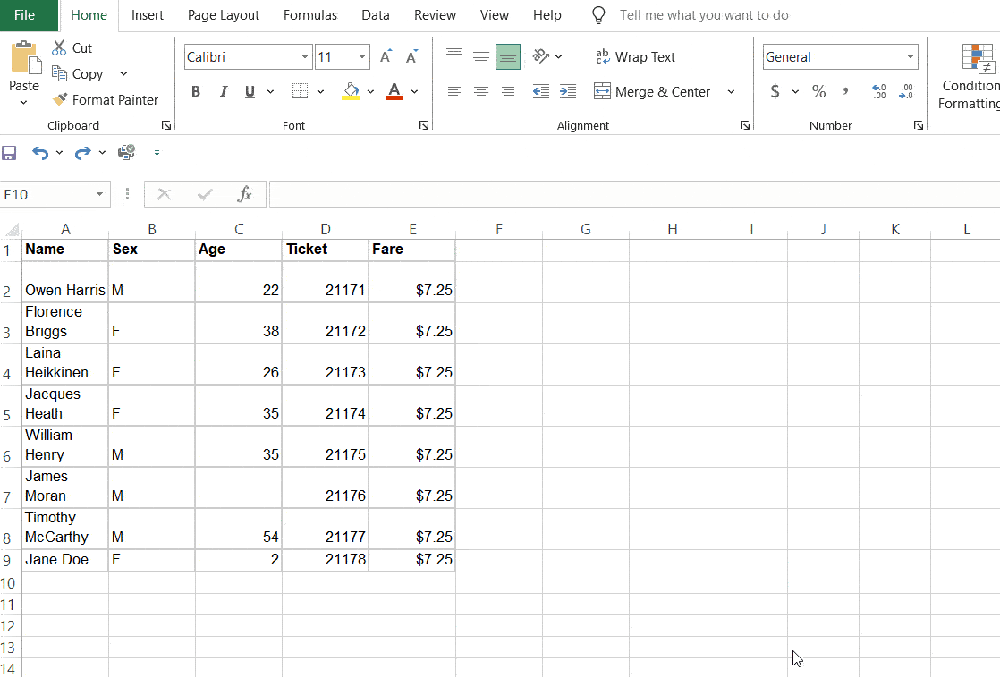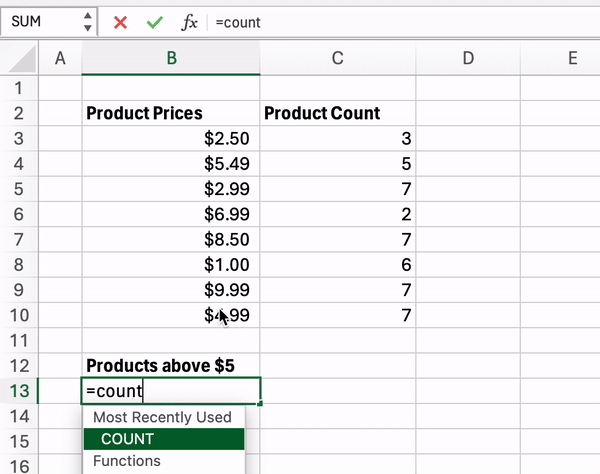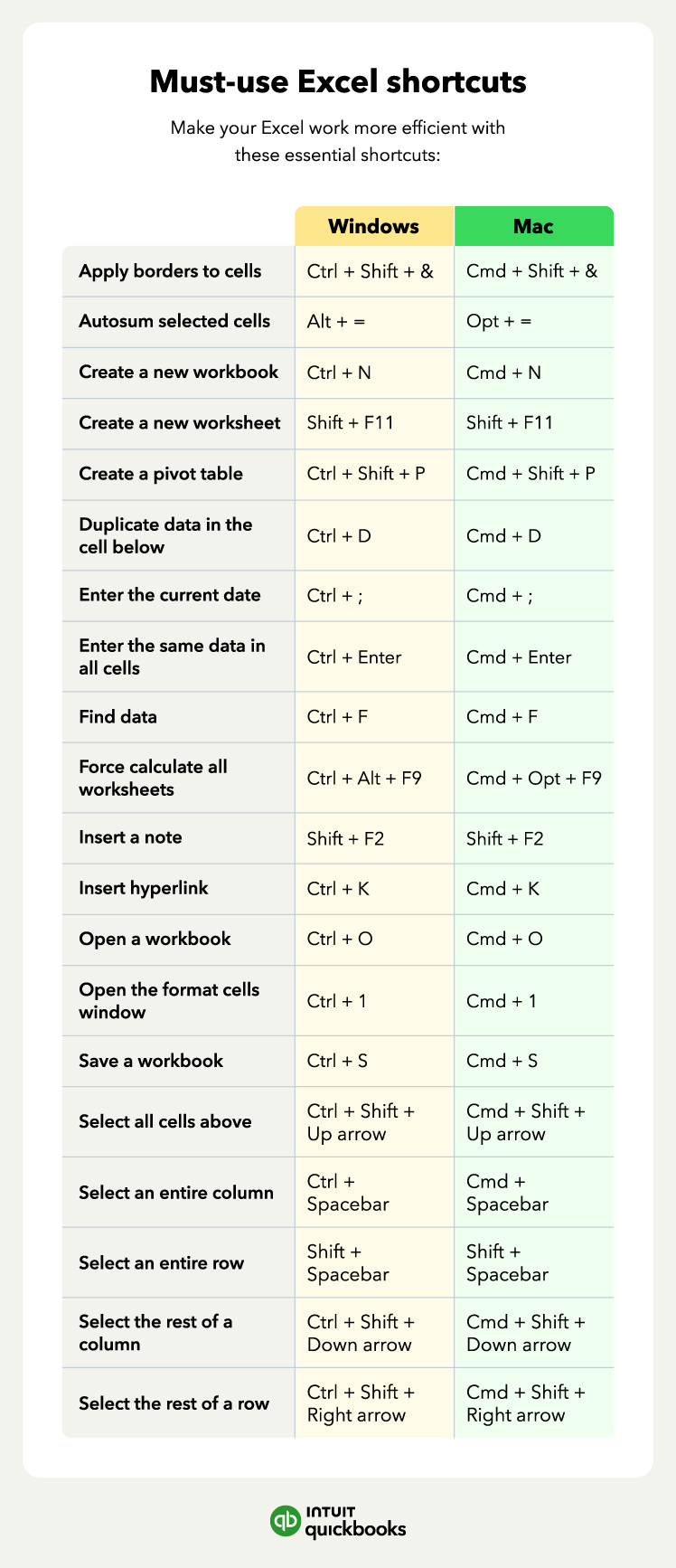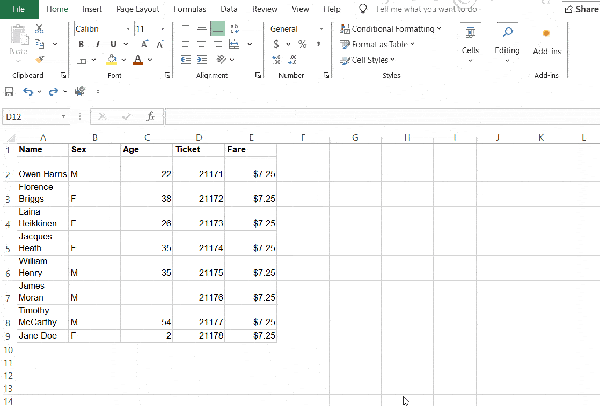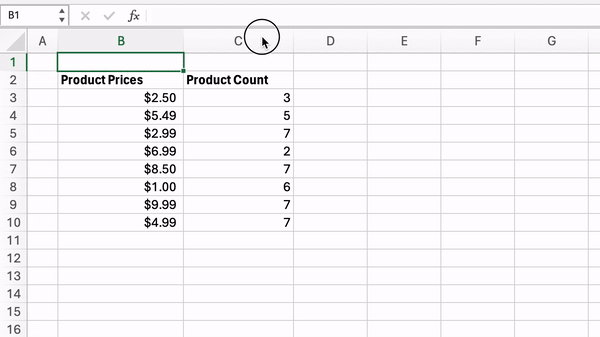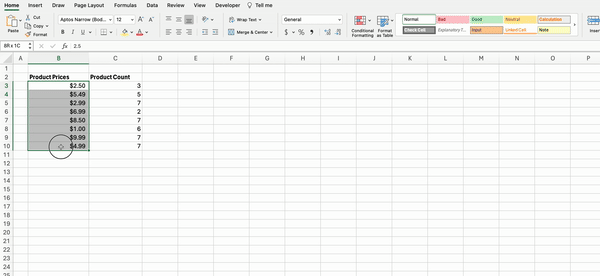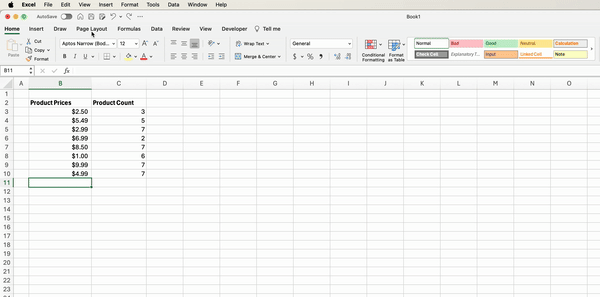From meticulously tracking expenses to crunching sales figures, Microsoft Excel is the unsung hero of many small business toolkits. For some, it’s a powerful ally, turning raw numbers into clear insights. For others, it's more of an untamed jungle of unstructured data and confusing file types, that has business owners shaking in their boots.
If that describes you, we have good news. We've compiled a list of our favorite smart and handy Excel tips and tricks to save you time scouring the internet for spreadsheet tips.
These Excel tips are great for speed, but comparing excel vs accounting software shows that while Excel can be tuned with shortcuts, the fundamental limitations remain: accounting software handles repetitive tasks, version control, and financial compliance more robustly. So use these tricks to boost your spreadsheet work, but keep in mind that for full financial accuracy and scale, accounting software may be the safer long-term choice.
If you're ready to become an Excel wizard, or at least wrap up that timesheet template you've been working on forever, read on to unlock some of the fastest Excel shortcuts on the internet.
Jump to:











